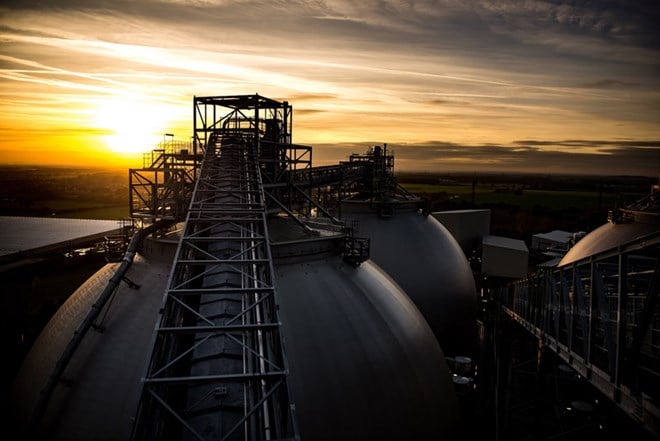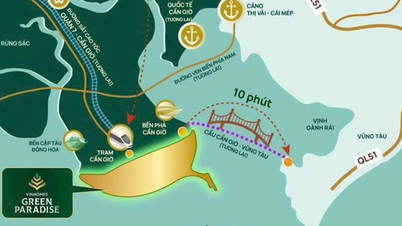
As nations gather for the 28th United Nations climate change conference in the United Arab Emirates at the end of November, the question of the future role of carbon reduction in a climate-friendly world will be in focus.
The most common form is to concentrate the extraction of air from a source such as an industrial chimney. From there, the carbon can be transferred directly to a permanent underground storage site. The carbon emissions can then be used for other industrial purposes with corresponding variants. There are two types of variants: "Carbon Capture and Storage" (CCS) and "Carbon Capture, Utilization and Storage" (CCUS).
According to statistics, there are currently 42 commercial CCS and CCUS projects operating worldwide with the capacity to store 49 million tons of carbon dioxide annually. These projects only meet about 0.13% of the total annual emissions of about 37 billion tons. About 30 of these projects use carbon for oil recycling (EOR).
Another form of carbon capture is direct air capture (DAC), in which carbon emissions are captured from the air.
According to the International Energy Agency (IEA), there are currently about 130 DAC facilities planned for construction. However, only 27 are operational. The resulting carbon emissions are only 10,000 tons/year.
In August, the US announced $1.2 billion in funding for two DAC centers in Texas and Louisiana that will capture 2 million tons of carbon per year, although final investment decisions for the projects have yet to be made.
One obstacle to rapid deployment of carbon capture technology is cost.
CCS costs range from $15 to $120 per ton of carbon, depending on the source of emissions. DAC projects are even more expensive, from $600 to $1,000 per ton.
Several CCS projects in countries such as Norway and Canada have been halted for financial reasons.
Countries including the United States have implemented public subsidies for carbon capture projects. The Deinflation Act passed in 2022 provided a tax credit of $50 per ton of carbon from CCUS, $85 per ton from CCS, and $180 per ton of emissions from DAC.
While those are meaningful incentives, companies may still incur some additional costs to promote projects, said Benjamin Longstreth, global director of carbon capture at the Clean Air Task Force.
Some CCS projects have also proven ineffective. For example, a $1 billion project to capture carbon dioxide emissions from a Texas coal plant encountered technical problems and repeatedly missed its targets. It was shut down in 2020.
Another problem is that where carbon emissions can be stored may be limited by geology. According to the CCS Institute, the best places to store carbon are in North America, East Africa and the North Sea.
That means transporting it to storage sites could require extensive pipeline networks, or even fleets of ships – posing potential new hurdles.
Source


![[Photo] Prime Minister Pham Minh Chinh chairs the Government's online conference with localities](https://vphoto.vietnam.vn/thumb/1200x675/vietnam/resource/IMAGE/2025/10/5/264793cfb4404c63a701d235ff43e1bd)



![[Photo] Prime Minister Pham Minh Chinh launched a peak emulation campaign to achieve achievements in celebration of the 14th National Party Congress](https://vphoto.vietnam.vn/thumb/1200x675/vietnam/resource/IMAGE/2025/10/5/8869ec5cdbc740f58fbf2ae73f065076)
























































![[VIDEO] Summary of Petrovietnam's 50th Anniversary Ceremony](https://vphoto.vietnam.vn/thumb/402x226/vietnam/resource/IMAGE/2025/10/4/abe133bdb8114793a16d4fe3e5bd0f12)

![[VIDEO] GENERAL SECRETARY TO LAM AWARDS PETROVIETNAM 8 GOLDEN WORDS: "PIONEER - EXCELLENT - SUSTAINABLE - GLOBAL"](https://vphoto.vietnam.vn/thumb/402x226/vietnam/resource/IMAGE/2025/7/23/c2fdb48863e846cfa9fb8e6ea9cf44e7)



































Comment (0)